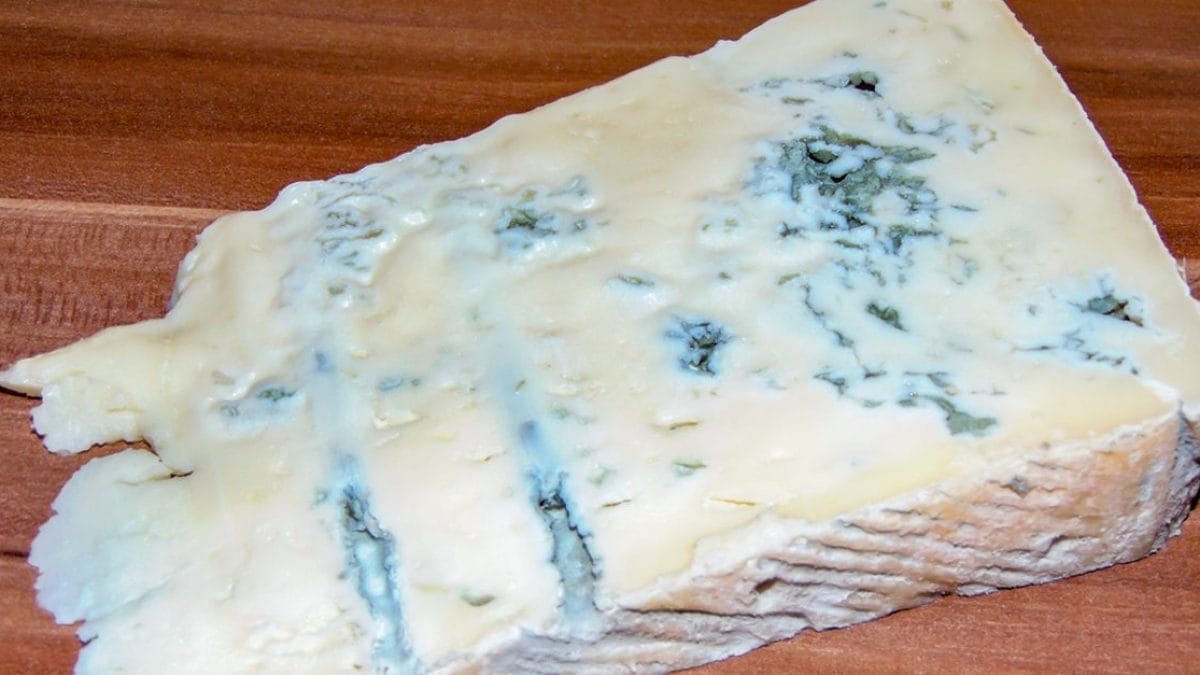
Gorgonzola is one of the most beloved and well-known Italian dairy products: it is a blue cheese made from cow's milk and characterized by the presence of noble molds of the Penicillium glaucum species, responsible for the characteristic blue-green streaks that enhance its flavor, aroma, and texture. This peculiarity makes it a "living" cheese, meaning it is continuously maturing: this leads to changes in its organoleptic properties over time, with the paste becoming softer and the aroma intensifying. From this, we can already understand why gorgonzola is a food that cannot be kept in the refrigerator for too long, precisely because of the constant activity of molds, yeasts, and lactic ferments. Let's see how long it lasts and how to best store it.
How Long Does Gorgonzola Last in The Refrigerator?
First of all, it must be said that the shelf life of Gorgonzola in the refrigerator depends on several factors, including the degree of maturation at the time of purchase, the internal temperature of the appliance and, obviously, the storage method used. If the cheese is purchased in its freshness-preserving packaging, where it is often sold, the expiration date when the packaging is still intact is valid (usually around one month). In general, once opened, sweet Gorgonzola can be preserved for between 5 and 7 days, always stored in its packaging and at a temperature between 32 and 6°F/0 and 6°C: some manufacturers recommend not exceeding 39°F/4°C, while others recommend not storing it on shelves that are too cold. Before consuming it, the suggestion is always to leave it at room temperature for at least 30 minutes, to allow its qualities, “dormant” by the few degrees, to fully express themselves.

How to Store Gorgonzola to Keep It At Its Best
You bought gorgonzola in wrapping paper without the flavor-preserving tub. Where do you put it? Transfer the slice to aluminum foil and wrap it tightly, then place it in the appropriate cheese container or in classic airtight containers. If you're worried about it developing a strong, unpleasant aroma that could contaminate other foods, simply remove the rind from the cheese —as the Consortium suggests—which, in addition to being inedible, is the main culprit of the odor. Can you use cling film? It's usually not a good ally, because it tends to prevent cheese from breathing, but in this case it becomes useful when dealing with a larger portion of gorgonzola, where part of it risks being exposed to the air: cover it and this will prevent oxidation. If this does happen, with the formation of a harder, drier patina, proceed as with sausages, eliminating only the damaged area using a sharp knife.

Sweet and Spicy Gorgonzola: Which One Keeps Longer?
We know that gorgonzola comes in two main varieties: sweet and spicy. Sweet gorgonzola is the most popular, thanks to its soft, creamy texture and delicate flavor, which make it particularly delicious and versatile. Spicy gorgonzola, on the other hand, undergoes a longer maturation process, has a more compact and crumbly texture, and a stronger flavor. The former contains more moisture, making it more perishable than the latter, which is drier. While sweet gorgonzola will last a few days in the refrigerator, spicy gorgonzola can last up to two weeks, lined with aluminum foil or cheese paper.
;Resize,width=767;)
